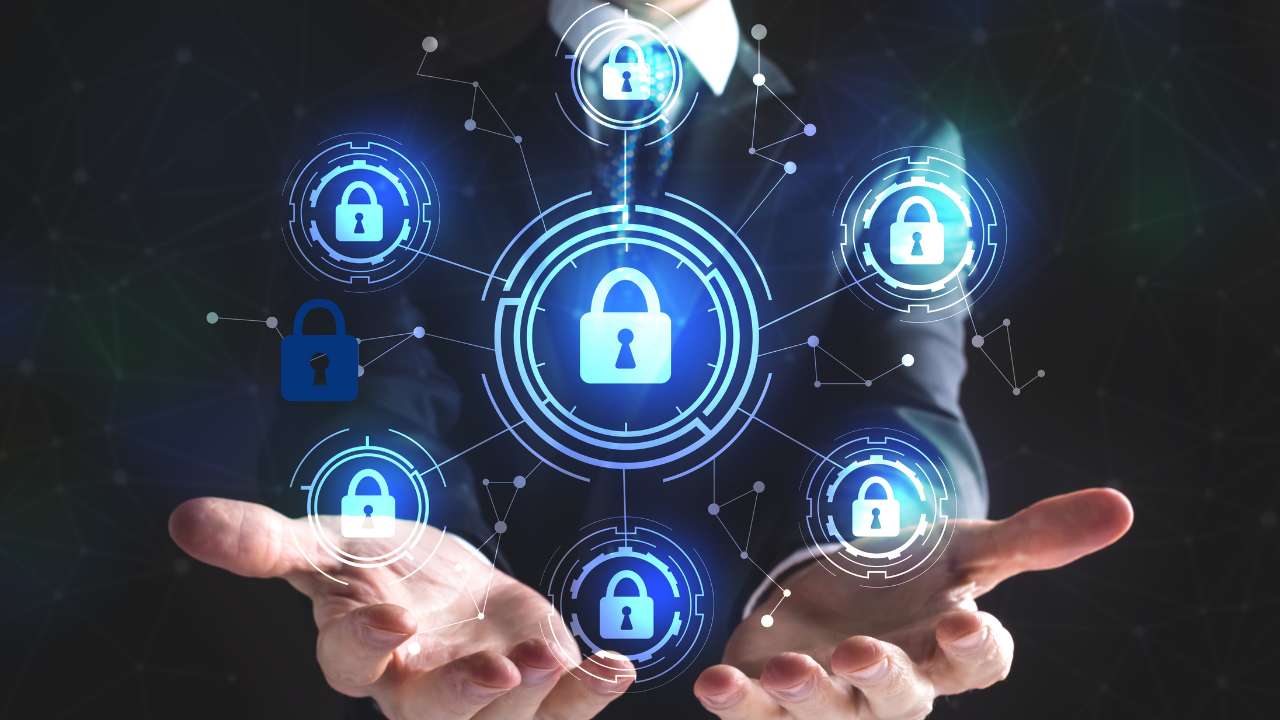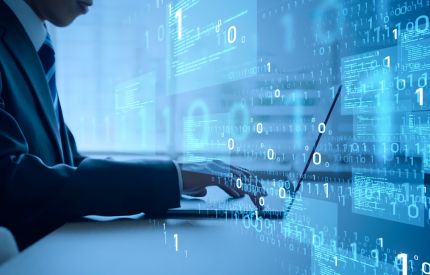Empowering Employees
for Cyber Safety

In today’s digital era, ensuring cyber safety is paramount for every organisation. Cyber threats continue to evolve, making it crucial for businesses to prioritise employee education and protection. By empowering employees with the knowledge and tools to identify and mitigate cyber risks, organisations can create a strong defence against potential attacks. This article explores the significance of employee education and protection in maintaining cyber safety and provides actionable strategies for organisations to adopt.
5 Steps for building a cyber-ready workforce
- The Importance of Employee Education: Effective cyber safety starts with comprehensive employee education programs. By investing in cybersecurity training, organisations empower their workforce to recognise and respond to potential threats. Training programs should cover topics such as identifying phishing attempts, understanding malware risks, recognising social engineering tactics, and practising safe browsing habits. By fostering a culture of cybersecurity awareness, employees become active participants in safeguarding company data.
- Building a Secure Cyber Environment: A secure cyber environment is a critical component of ensuring cyber safety. Organisations must implement robust measures to protect their systems and sensitive information. This includes establishing firewalls, deploying antivirus software, and implementing encryption protocols. Emphasise the importance of regularly updating software and promptly installing patches to address vulnerabilities. Encourage employees to utilise strong, unique passwords and adopt two-factor authentication methods to enhance account security.
- Promoting Best Cybersecurity Practices: Beyond education and infrastructure, promoting the best cybersecurity practices is vital. Organisations should encourage employees to report any suspicious activities or potential threats promptly. Safe browsing habits, such as being cautious with email attachments and links, should be emphasised. Regular data backups are crucial to mitigate the impact of potential breaches. By fostering a proactive cybersecurity mindset, organisations can strengthen their overall security posture.
- Ongoing Employee Support and Awareness: Maintaining cyber safety requires ongoing support and awareness efforts. Establish dedicated IT help desks or support channels to address employee concerns and provide guidance on cybersecurity matters. Regularly communicate cybersecurity updates, best practices, and emerging threats through newsletters, company-wide announcements, or internal webinars. Consider conducting simulated phishing exercises to reinforce employee awareness and test their response to potential threats.
- Collaboration with IT and HR Departments: Effective cybersecurity requires collaboration between IT and HR departments. IT teams should work closely with HR to develop and implement cybersecurity policies and procedures. HR can play a crucial role in facilitating cybersecurity awareness programs, incorporating cybersecurity into employee onboarding, and ensuring compliance with security protocols. By fostering a close partnership, organisations can align their efforts to create a cyber-resilient workforce.
Conclusion
Ensuring cyber safety is a shared responsibility that starts with empowering employees through education and protection. By providing comprehensive training, establishing a secure cyber environment, promoting best practices, and offering ongoing support, organisations can cultivate a strong cybersecurity culture. As cyber threats continue to evolve, proactive measures are essential to safeguard company data, protect customer trust, and mitigate potential risks. By prioritising employee education and protection, organisations can effectively navigate the digital landscape and stay ahead of cyber threats.
![]()
Written by:
Bernadetta Septarini (Content Marketing). Experienced content marketing and social media in the information technology and services industry.
Share this post
Related Posts

5 Ways ArmourZero DevSecOps Simplifies Security for DevOps
- 02 May 2024
- By:Fanny Fajarianti
- Category: ArmourHacks
Discover how ArmourZero ScoutTwo, the AI-powered unified DevSecOps platform, simplifies security for DevOps. Let ScoutTwo empower your development life cycle.

Earth Day: The Connection of Cybersecurity and Sustainability
- 22 Apr 2024
- By:Fanny Fajarianti
- Category: ArmourHacks
Uncover the link between Earth Day and Cybersecurity, promoting sustainability through data protection and environmental stewardship. Let’s secure a greener future.

What is DevSecOps? Definition & Best Practices for Tech Industries
- 18 Apr 2024
- By:Bernadetta Septarini
- Category: ArmourHacks
Learn about DevSecOps, principles, and best practices for the tech industry. Integrate security seamlessly into software development and enhance quality.

Safeguarding Your Organisation During the Hari Raya Holiday
- 09 Apr 2024
- By:Bernadetta Septarini
- Category: ArmourHacks
Protect your organisation from holiday cyberattacks during Hari Raya. Learn more about the risks and best practices for holiday security with ArmourZero.

